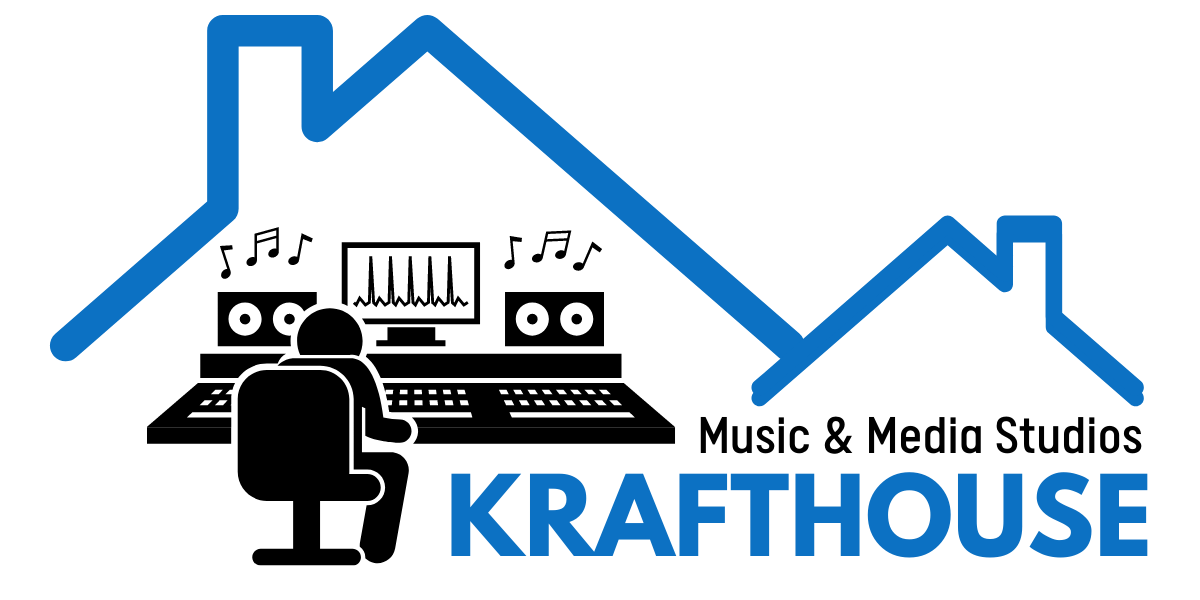The music production landscape is constantly evolving, shaped by advancements in technology, changes in audience consumption habits, and the growing accessibility of high-quality production tools. What was once limited to high-end recording studios is now accessible to bedroom producers worldwide, thanks to digital audio workstations (DAWs), artificial intelligence (AI), and cloud-based collaboration platforms. Understanding these trends is crucial for artists, engineers, and producers looking to stay ahead in an industry that never stops innovating.
One of the most significant shifts in music production is the rise of AI-powered tools and machine learning algorithms. AI is now being used for beat-making, vocal synthesis, mastering automation, and even songwriting assistance. Platforms like LANDR provide automated mastering, while AI-generated compositions are making waves in the film and gaming industries. While some fear that AI may replace human creativity, others see it as a tool that enhances workflows, allowing producers to focus more on artistic expression rather than technical processes. ️
The shift towards mobile and cloud-based production is another game-changer. With platforms like Splice, Soundtrap, and BandLab, artists can now collaborate remotely, accessing a global network of musicians and producers from their smartphones. High-speed internet and cloud storage enable seamless file-sharing, making long-distance collaborations easier than ever. This democratization of music production means that an artist in London can work with a producer in Los Angeles without ever setting foot in a studio together.
Another rising trend is the resurgence of analog gear in hybrid studios. While digital production dominates due to its convenience and precision, many artists and engineers are integrating analog synthesizers, tape machines, and outboard gear into their setups to recapture the warmth and depth that digital recordings sometimes lack. This hybrid approach allows producers to combine the best of both worlds—using analog warmth with digital precision—resulting in unique textures and sonics that set their productions apart. ️
The rise of immersive audio formats like Dolby Atmos and spatial audio is also reshaping the industry. As streaming platforms like Apple Music and Tidal push for high-definition, 3D audio experiences, producers must adapt their mixing and mastering techniques to accommodate these new formats. Spatial audio allows for a more dynamic listening experience, placing instruments in a 360-degree sound field rather than the traditional stereo mix. This trend is particularly relevant in film scoring, gaming, and virtual reality (VR) applications.
Finally, NFTs (Non-Fungible Tokens) and blockchain technology are changing the way artists distribute and monetize their music. Independent artists now have the ability to sell unique digital assets, including exclusive tracks, album artwork, and limited-edition releases, directly to their fans without relying on traditional streaming revenue. This shift empowers artists by providing new ways to earn and build communities around their music.
As music production continues to evolve, staying informed about these trends will help artists, producers, and engineers adapt to the changing landscape. At Krafthouse, we embrace both modern innovations and classic recording techniques, ensuring that artists have access to the best tools for their craft. Whether you’re looking to explore AI-powered production, hybrid analog setups, or immersive audio formats, we’re here to help bring your vision to life. ️
